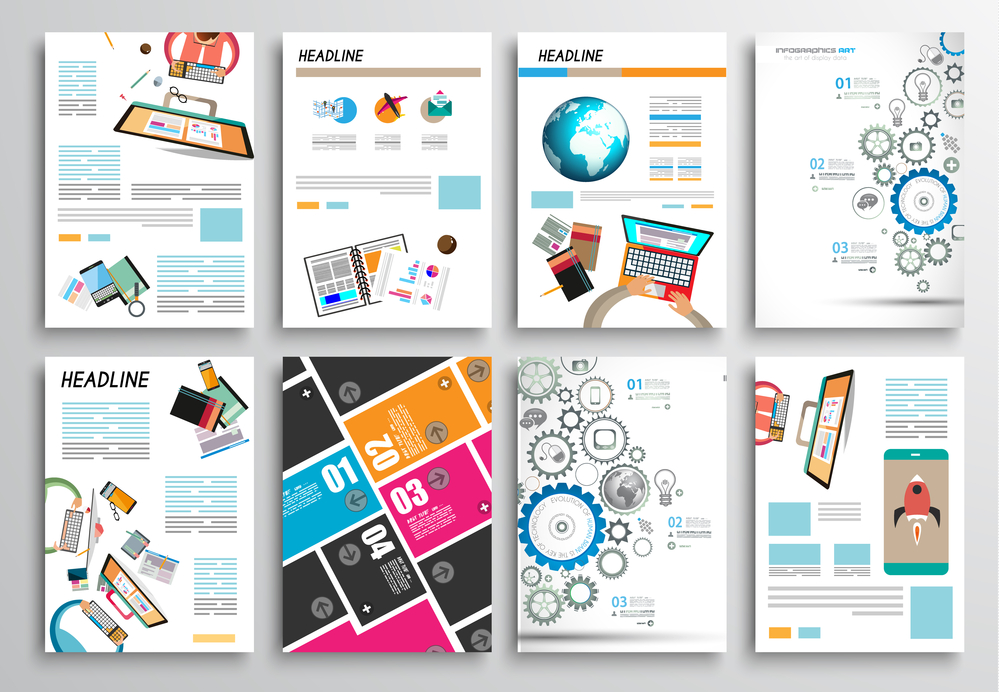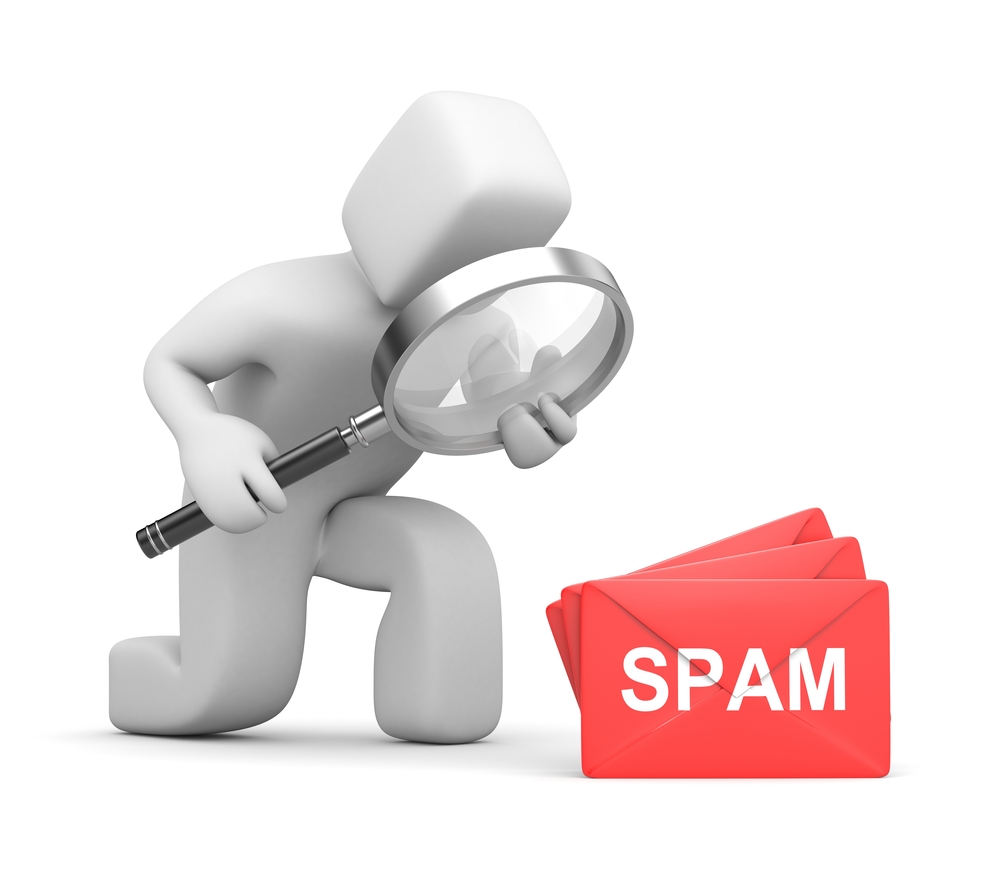Chances are, if you’re a business owner, you use email to engage with your audience in one way or another. After all, regardless of the size of your operation, your industry, or your technical savvy, email can be one of the most basic methods for communicating with the masses. Customer inquiries can be dealt with via email; promotional coupons and news can be shared; even invoice and payment reminders via email can vastly enhance business efficiencies.
Email as a communication tool is pretty much ingrained in today’s consumer culture. Even if you personally are not the biggest champion of email marketing, odds are that a good amount of your customers depend on email. And you wouldn’t want to ostracize anyone supporting your company, right?!
 Despite the prevalence of email, I cannot begin to count the number of business owners I’ve met who haven’t considered needing a strategy for email, let alone where to start. Often, the task of merely selecting the right email platform for their business is overwhelming enough to halt all progress.
Despite the prevalence of email, I cannot begin to count the number of business owners I’ve met who haven’t considered needing a strategy for email, let alone where to start. Often, the task of merely selecting the right email platform for their business is overwhelming enough to halt all progress.
And that just plain sucks. Picking the right email platform is crucial to the success of your email marketing life and often can dictate your strategic capabilities before you have even begun to build out a strategy!
Yes, this sounds slightly dramatic, I know. But email has the power to impact a customer’s trust in your brand. And where there’s trust, there’s often customer loyalty. Email is kind of a big deal, guys!
To try and ease some of the stress of where to start, this blog provides a list of features you should consider if you’re shopping around for an email marketing platform, or if you’re unsure whether your current tool is cutting it. Remember, no single email platform fits all, so consider your team’s skill sets as well as your unique marketing goals.
Your Shopping List of Email Marketing Key Features & Functionalities
EMAIL MARKETING DESIGN:
This first set of features is all about customisability and the need for this, which will vary from team to team. Perhaps you’re running a small business and you need basic drag-and-drop design features. Or you’re leading a huge enterprise and would prefer to have full control over your email design. Take a look as some specific features to consider:
Template Library
If you’re not looking to build your emails from the ground up (and getting buried in code), this feature might be a must-have feature for you. Many platforms have pre-built templates for newsletters, promotional announcements or important notices ready for you to simply insert your own content, photos and logos. It’s an excellent feature if your team is short on email design experience or if you don’t have budget to engage with a full creative design team.
 HTML Editor
HTML Editor
Most email marketing platforms will have an HTML editor, which gives you way more control over email design, especially when none of the templates are quite right. The prerequisite, of course, is HTML knowledge.
WYSIWYG Editor (“What You See Is What You Get”)
This is a visual editor, which most platforms will have. It’s simple drag-and-drop functionality helps you avoid having to recall your long-forgotten HTML skills, while still having control over your email design. It also makes it easy to manage different media (like YouTube videos or images), and manage custom formatting (like font colors or column alignment).
Image Hosting
Some platforms will allow you to upload and host your email images on their server space. Unfortunately, some providers require you to host elsewhere, independently (such as Google Drive or Box.net). Think about how large your image library needs to be for your emails; you might need a platform that will supply you with more space or at least the flexibility to upgrade if your needs expand and change.
DATA MANAGEMENT & PERSONALISATION:
Personalizing your emails should be very high on your email to-do list in today’s marketing environment, if it isn’t already. It empowers businesses to utilize eye-catching, personalized headlines, subject lines or paragraphs based on customer data fields or past customer interactions. Likewise, data is essential to segmenting and personalizing your campaigns. An email platform should help you get the most out of your customer data. Luckily, pretty much all platforms out there will support this, but it’s always good to ask the question upfront.
Data Merge
This is the act of pulling a data field (or several data fields) from your mailing list. For instance, you might often pull customers’ first names in order to personalize your email greeting. Essentially, you can use any field in a data merge to personalize your message; like using the D.O.B. field for timely birthday greeting emails. Take note, the more robust email platforms will have data merge services that include logic to display something specific if the field is empty (such as ‘Season’s Greetings [fans or {first name}]’)!
 Variable Content
Variable Content
If you’re looking to enhance your email personalisation while streamlining email creation processes, look for this feature. It allows you to display different email content based on different criteria, like a data field or any number of other conditions like click-thru interaction with a past campaign. Dynamic, custom content requires if/then statements (for example: IF customer “A” clicks the registration link, THEN send the next triggered email).
List Segmentation & Grouping
Segmenting empowers you to stay relevant to your audience by sending the right message at the right time. Bombarding your customers with emails that don’t apply to or interest them is the kiss of death when it comes to your sending reputation; it’s a surefire way to provoke unsubscribes and spam complaints. You need to match customer interests with your message. Some platforms will let you segment by data fields or by past customer interaction (like open rates). Subsequently, many platforms also have grouping features, which can be thought of as more customized segmenting based on demographics or psychographics. For example, your company might find the need to group customers by their membership level, reward points tier, etc…
EMAIL DELIVERABILITY:
I’m happy to say the features in this section are very easy to come by. Today’s email platforms focus on maintaining a high level of deliverability since it’s beneficial to their reputation as well as their customers’. While you will be responsible for email design, copy, managing bounces and spam complaints, there are some supplementary tools your chosen platform will likely offer.
Spam Score Checker
This tool scans your email before you hit Send. It will flag elements that might not make it through spam filters like spammy keywords or subject lines, or your text to image ratio. A spam checker will also provide tips on how you can improve your email.
 Bounce & Spam Management
Bounce & Spam Management
I recommend having this feature as one of your top must-haves on the shopping list. This feature automatically remove emails that have bounced or marked your content as spam in the past. Platforms that automatically suppresses a no-send list saves you time, money and further damage to your sending reputation. Attempting to resend an email to anyone who has already flagged you as spam or bounced, is one of the worst things you can do to your sending score.
ANALYTICS:
Another feature synonymous with most email platforms is analytics and reporting. However, some will provide more robust capabilities than others. Here’s what I recommend you look for in a platform:
Campaign Analytics
You will more than likely get the basic reports around your campaign sends, bounces, opens, clicks, etc. Some may give you even more helpful insights like recipient geographic location, device usage, time of day of engagement, etc… The more insight you have, the better you’ll be able to benchmark.
Data Exporting
Of course, sharing your successes or identifying your challenges with other team members or stakeholders is a lot easier if you don’t have to log into your email platform every single time. Exporting your analytics reports is common across platforms and you can typically export to PDF, .csv or Excel table or send reports in an email direct to the internal team member(s). Some of my favorite platforms even let you export easy-to-read graphs.
 Lead Scoring
Lead Scoring
Now this, you won’t find in every email marketing platform, but it is very important if you plan to enhance your marketing automation efforts. Advance platforms provide tools that let you score your leads based on their past engagement with your campaigns. So if prospecting is key for your marketing and sales strategy, ask your email solution provider about this feature.
It can be tough weighing the pros and cons of every email marketing platform out there. If you’re shopping around for the right platform or looking to upgrade, we can help point you in the right direction to match your business requirements.

Stay Connected